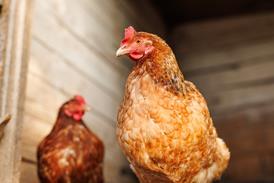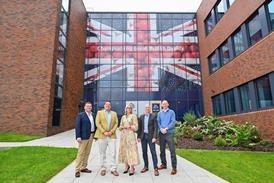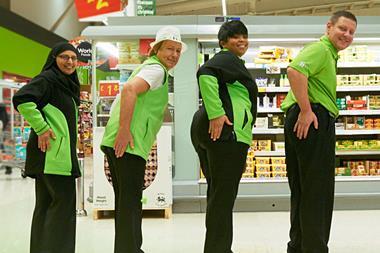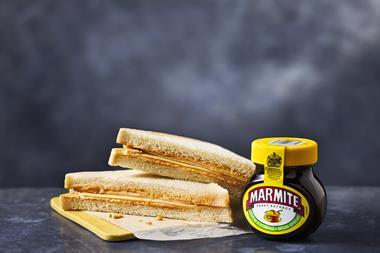C-store sales have risen by 6.3% over the past year and are now worth £30.9bn, according to the latest UK grocery market data from IGD.
Convenience accounts for 20.9% of total UK grocery and is forecast to hit £41.3bn by 2012 growing at a faster pace than the overall UK grocery market.
According to IGD's Convenience Retailing 2010: Future Trading Strategies report, symbol groups grew fastest rising by 1,000 stores to 15,683 and reporting a 10.6% sales hike.
The site increase was partly due to non-affiliated independents migrating to symbol groups. Spar remains the largest symbol, with 2,580 stores, followed by Booker's Premier symbol with 2,507 stores trading as Premier or Premier Express.
Despite the sales growth, the total number of c-stores dropped 0.5% to 48,410. This was driven in part by a 2.1% drop in the number of forecourt convenience stores and a 5% fall in non-affiliated independents.
The success of convenience stores in relation to other grocery sectors was partly because they hadbeen able to react quicker to consumer needs, said IGD senior business analyst Jamie Trust.
"They can respond to key trends better than other sectors," he said. "Convenience stores are moving into new types of locations. M&S Simply Food has opened in a hospital and Spar has opened airport sites. Operators are also opening up more concessions in-store, with Greggs and Subway already moving into convenience stores."
Fresh food now accounts for 31.9% of sector sales and is growing at a faster rate than other categories.
The report also revealed that strong promotional offers such as rounded price points and meal deals, greater format segmentation and the continuing popularity of food to go were all contributing to the growth.
In the year to May 2009, the convenience market increased by 6.1% and was worth £29.1bn.
Convenience accounts for 20.9% of total UK grocery and is forecast to hit £41.3bn by 2012 growing at a faster pace than the overall UK grocery market.
According to IGD's Convenience Retailing 2010: Future Trading Strategies report, symbol groups grew fastest rising by 1,000 stores to 15,683 and reporting a 10.6% sales hike.
The site increase was partly due to non-affiliated independents migrating to symbol groups. Spar remains the largest symbol, with 2,580 stores, followed by Booker's Premier symbol with 2,507 stores trading as Premier or Premier Express.
Despite the sales growth, the total number of c-stores dropped 0.5% to 48,410. This was driven in part by a 2.1% drop in the number of forecourt convenience stores and a 5% fall in non-affiliated independents.
The success of convenience stores in relation to other grocery sectors was partly because they hadbeen able to react quicker to consumer needs, said IGD senior business analyst Jamie Trust.
"They can respond to key trends better than other sectors," he said. "Convenience stores are moving into new types of locations. M&S Simply Food has opened in a hospital and Spar has opened airport sites. Operators are also opening up more concessions in-store, with Greggs and Subway already moving into convenience stores."
Fresh food now accounts for 31.9% of sector sales and is growing at a faster rate than other categories.
The report also revealed that strong promotional offers such as rounded price points and meal deals, greater format segmentation and the continuing popularity of food to go were all contributing to the growth.
In the year to May 2009, the convenience market increased by 6.1% and was worth £29.1bn.















No comments yet